Commodore 64DTV - MIRKOSOFT

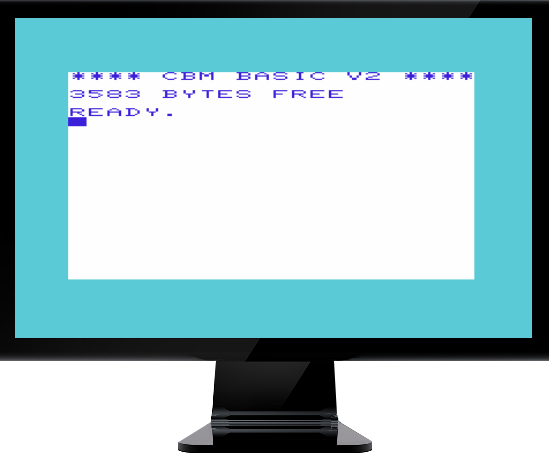
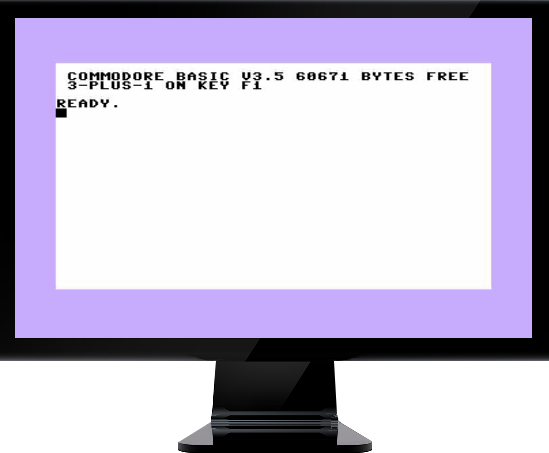
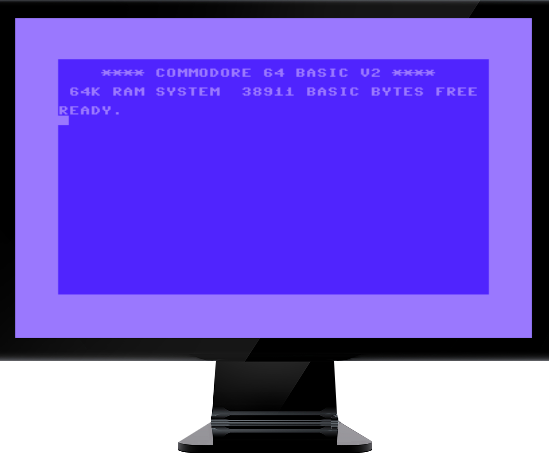
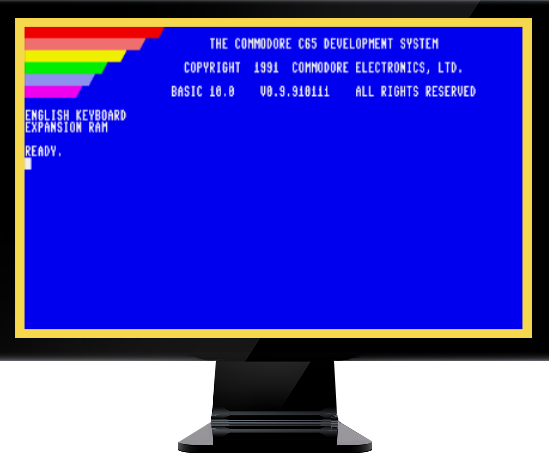
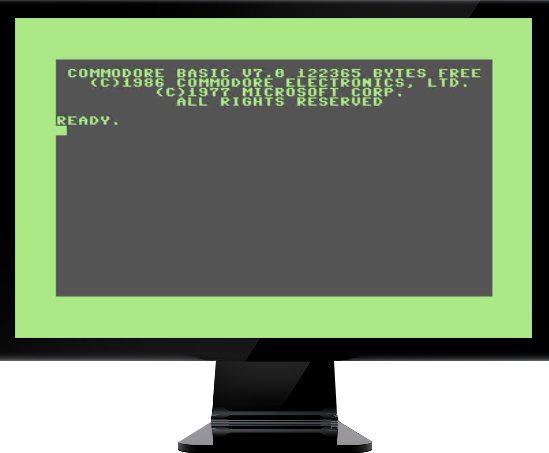
All what your computer needs...

Main menu:
Versions:
C64DTV1
- For use in countries using the NTSC Broadcasting Television Standard
- Released late 2004
- Storage is RAM and ROM
C64DTV2
- A revised version for the European and world markets using the PAL Broadcasting Television Standard
- Released late 2005
- Storage is RAM and flash memory (ROM having been replaced)
- Suffers from a manufacturing fault, which results in poor colour rendering (the resistors in the R-2R ladder DACs, for both the chroma (C) and the luma (Y'), have been transposed)
C64DTV3
- A problem with the blitter was fixed
Form factor: integrated in a Kempston Micro Electronics Competition Pro lookalike joystick (default wiring imitates connection to port 2 of a C64)
Five additional buttons (imitating keys)
Composite video, monaural audio (RCA connectors)
Power: single transistor-regulated power supply requires four AA batteries
CPU: ASIC Atmel Application-Specific Integrated Circuit 32MHz
CPU simulates MOS Technology X65 6510, VIC-II, SID, CIA and PLA
Simulated 6510 clock running at 1 MHz
DTV2 and later: Enhanced CPU (fast/burst mode, additional registers and opcodes, support for illegal opcodes of the X65 MOS 6510)
Memory:
DTV1 only: 128 KB RAM, 2 MB ROM
DTV2 and later: 2 MB RAM, 2 MB flash memory
DTV2 and later:
Single 2 MB ISSI RAM chip using bank switching and blitter
Single 2 MB Atmel flash memory chip
DMA (Direct Memory Access) engine for RAM/RAM and ROM/RAM transfers
Graphics:
On-board digital-to-analogue graphics output
Reprogrammable colour palette with 4 bits of luma and 4 bits of chroma.
300×200 pixel resolution
max. total 320×6553
DTV1 only: NTSC analogue output
DTV2 and later: NTSC/PAL on chip, only PAL wired in end-market devices
DTV2 and later: New packed pixel 256 (16-bit) colour mode
DTV2 and later: Additional blitter for fast image transfer
Sound:
On-board digital-to-analogue sound output
No support for MOS Technology SID filters
DTV2 and later: 8-bit digital sound, additional options for ADSR envelope generators
Built-in games:
Alleykat by Hewson
Bull Riding by Epyx
California Games by Epyx
Championship Wrestling by Epyx
Cyberdyne Warriors by Hewson
Cybernoid by Hewson
Cybernoid II: The Revenge by Hewson
Eliminator by Hewson
Exolon by Hewson
Firelord by Hewson
Flying Disk by Epyx
Gateway to Apshai by Epyx
Head the Ball by Hewson
Impossible Mission by Epyx
Impossible Mission II by Epyx
Jumpman Junior by Epyx
Marauder by Hewson
Maze Mania by Hewson
Mission Impossibubble by Hewson
Netherworld by Hewson
Paradroid by Hewson
Pitstop by Epyx
Pitstop II by Epyx
Ranarama by Hewson
Silicon Warrior by Epyx
Speedball by Image Works
Summer Games by Epyx
Sumo by Epyx
Super Cycle by Epyx
Surfing by Epyx
Sword of Fargoal by Epyx
Tower Toppler by Hewson
Uridium by Hewson
Winter Games by Epyx
World Karate Championship A by Epyx (compilation of International Karate)
World Karate Championship B by Epyx (compilation of International Karate)
Zynaps by Hewson
Hardware modifications:
C64DTV mainboard has exposed solder points for floppy-drive and keyboard ports, enabling hardware modifications such as:
- Keyboard connector (although some emulated keyboard faults exist, they can be rectified with the "Keyboard Twister")
- External joystick connectors (Port 1 and 2)
- Floppy drive connector
- Power unit connector
- S-Video connector
- User port connector
- Data transfer cable connector (parallel port (or USB/serial port via DTV2ser) to joystick port or user port)
- SD card interface connector (1541-III or MMC2IEC or SD2IEC)
- Rectifying PAL colour palette problems (to some degree this is possible in software by adjusting palette entries)
- Retrofitting to an original C64 case, embedding inside of a netbook case or other form factor
Software modifications:
C64DTV contains flash memory and is available as device 1 (although no software is included for access)
Nevertheless, a number of homebrew tools exist that can compile programs into DTV-compatible flash images and load them to the flash memory
In their original form, many games were not suitable for the C64DTV due to the requirement for a keyboard or extra joystick
However, many more games have now been altered in order to run on the C64DTV. Also available are custom game compilations, alternative boot menus, and data transfer facilities
Programs such as DTVtrans enable data transfer between a PC and the C64DTV RAM via the PC parallel/USB port and the C64DTV joystick port
It should be noted that flash devices used in the C64DTV only enable a very limited number of write accesses.

